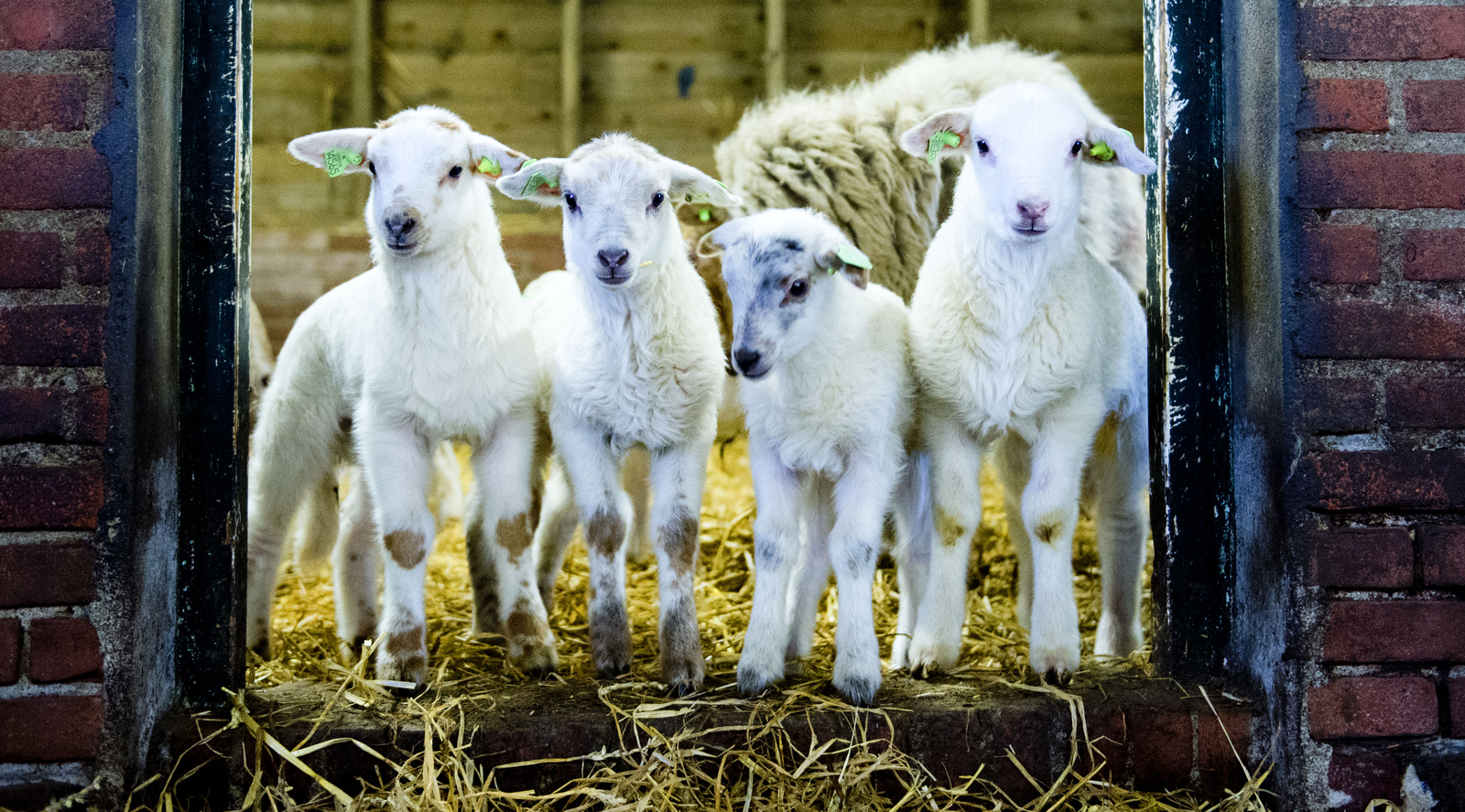Almost zero CH4 emission from lambs using milk replacer

Feeding artificial reared lambs with milk replacer and cream almost completely stopped CH4 (methane) release – a Danish study found. Switching from milk replacer and cream to a fibrous diet dramatically changed the CH4:CO2 ratio within 4 days. The CH4:CO2 ratio remained lower for 50 days after the diet alteration.
Methane (CH4) emission was investigated in artificially reared growing lambs fed milk replacer and cream. This study was part of a larger study with 70 lambs, of which 18 lambs with an average body weight of 21 ± 3.6 kg (mean ± SD) were used. The lambs were housed in individual pens (1.5 m × 1.5 m).
‘Cream’ diet
From 3 until 180 days of age, they were fed either a restricted grass hay diet or a ‘Cream’ diet (50% milk replacer and 50% cream) ad libitum until a daily maximum allocation of 2.5 L/d. In addition, rolled maize was fed ad libitum (maximum allowance 1 kg/d). After 180 days, two groups were placed together and supplied a hay diet.
The CH4 and carbon dioxide (CO2) were measured in periods 1–4 (approx. 90, 150, 185 and 235 days of age, respectively). During periods 1 and 2, the measurements were performed on each of the 18 lambs individually for 8 hours, equally distributed in three periods over a 24-h day. During periods 3 and 4, the measurements were performed on each of the 18 lambs consecutively for 30 min.
Rumen samples
Twenty-six lambs (out of 70), of which four lambs from the CH4 measurement group, were slaughtered at the age of 180 days to collect rumen samples for microbiological study. The dry matter intake (DMI, g/d) was significantly lower (P<0.001) in the cream-fed group. the ch4 production (g d) was 84 and 87% lower in the cream group compared to the hay group during periods 1 and 2, respectively.>
The same group had a lower CH4 emission per unit of DMI and DEI (P<0.001). the ch4:co2 ratios were 0.0022 and 0.0036 in the cream group during periods 1 and 2, respectively. within 4 days after changing the diet (period 3), the ch4:co2 ratio of the ex-cream-fed lambs was 0.035, much higher compared to the ch4:co2 ratio during period 1 (p><0.001). a significantly lower ch4:co2 ratio (p><0.001) was observed in the cream group compared to the hay group during periods 3 and 4, respectively. the abundance of rumen methanogens was lower in the fluid portion of the cream group.>
Conclusion
In conclusion, the artificial rearing of lambs with milk replacer and cream nearly prevented CH4 release. Switching from milk replacer and cream to a fibrous diet dramatically changed the CH4:CO2 ratio in the cream group within 4 days. The CH4:CO2 ratio remained lower for 50 days after the diet alteration.
Source: ScienceDirect











